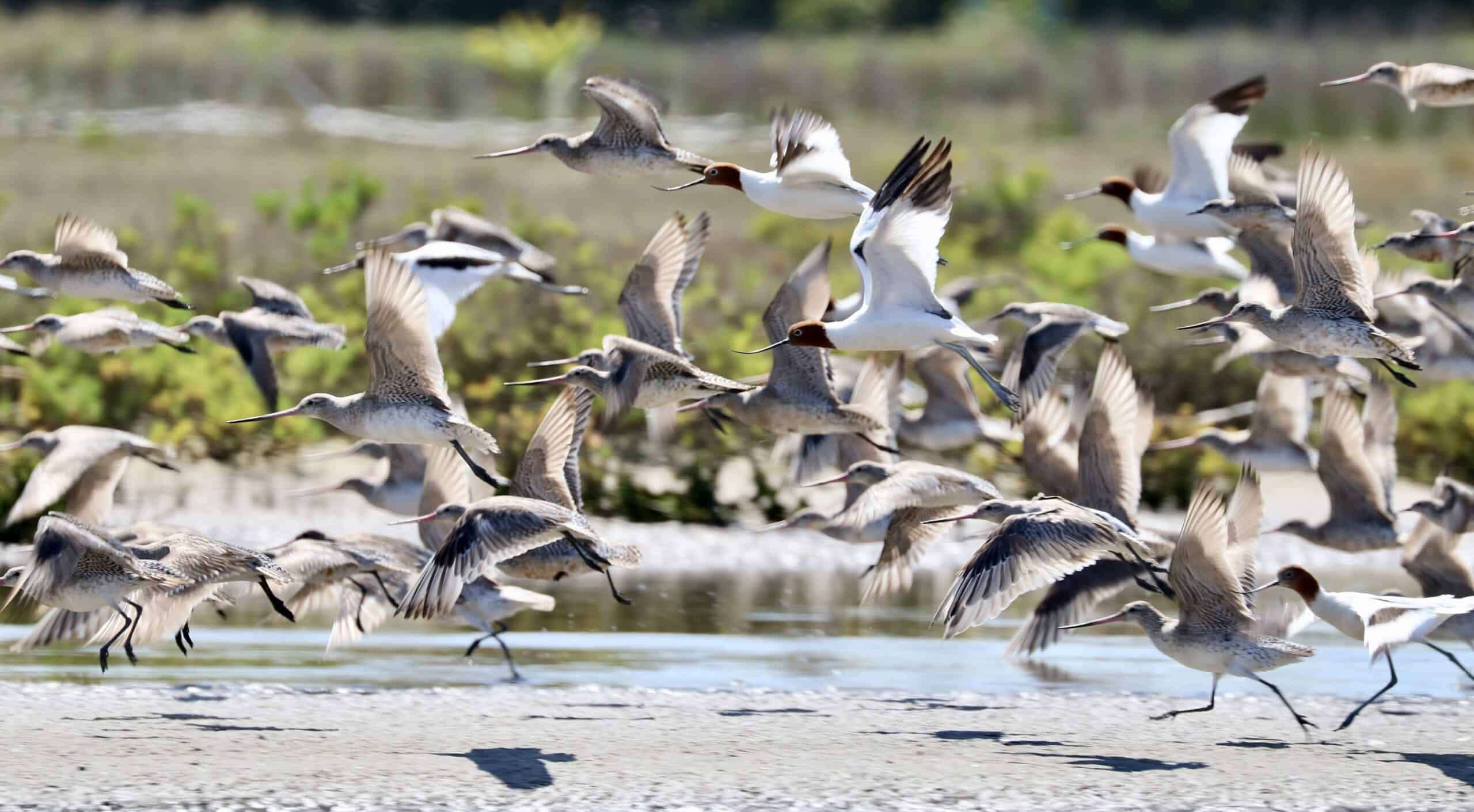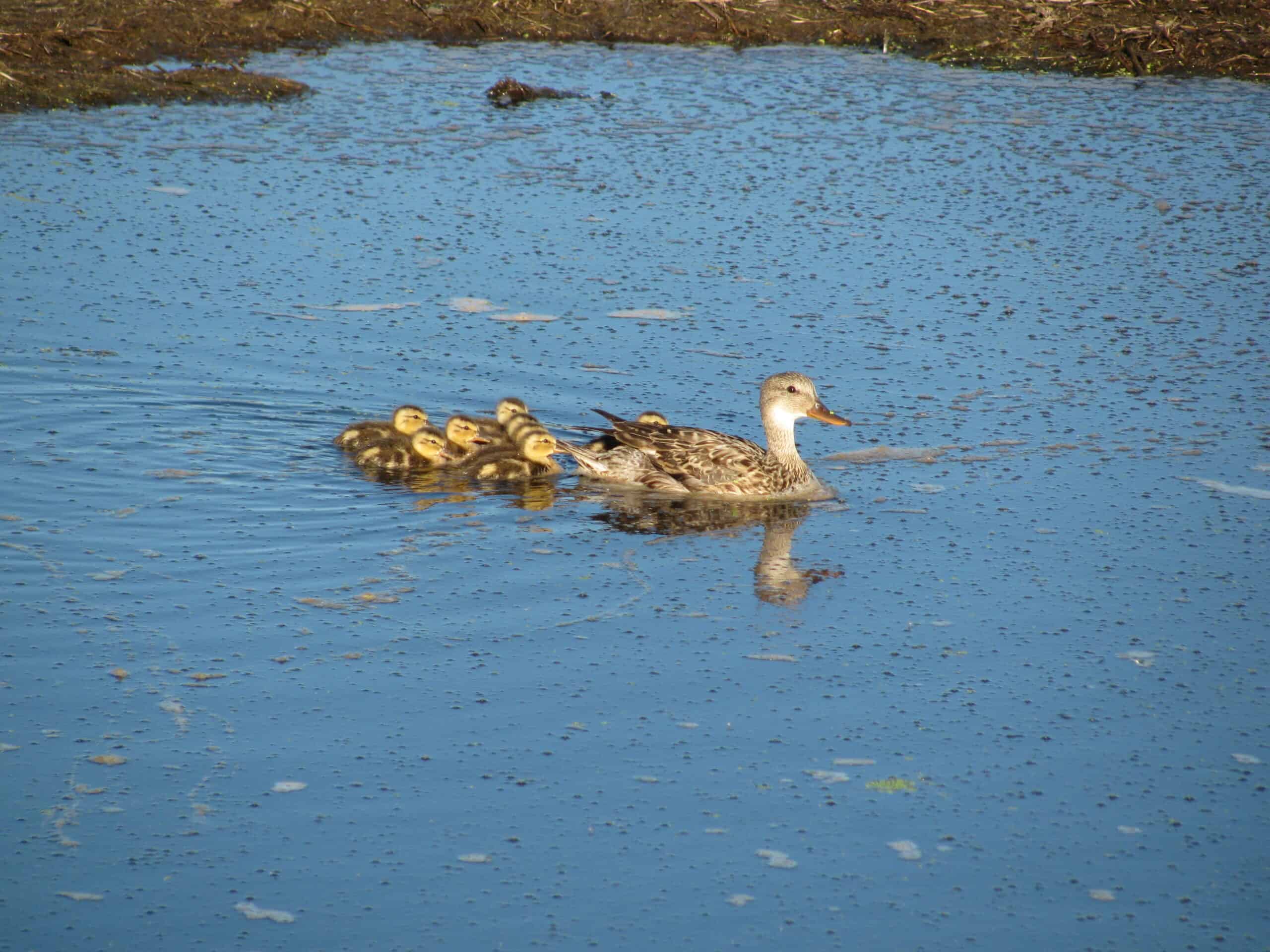Share this article
Wildlife Featured in this article
- Bar-tailed godwit
- Curlew sandpiper
- Far eastern curlew
- Pacific golden plover
- Red-necked avocet
- Black-winged stilt
- Red fox
JWM: Invasive foxes disturb imperiled Aussie shorebirds
Nighttime intruders may affect curlews and other species at their high tide roosts
In Australia, invasive red foxes are disturbing imperiled shorebirds when they need rest and prepare for long migrations northward.
These disturbances could be causing population-level effects on curlews and other species.
“Red foxes do pose a nonlethal risk to these shorebirds, so we should still be trying to control red fox numbers in our estuaries,” said Louise Williams, a PhD student at the Center for Conservation Science at the University of Newcastle in Australia and the lead author of a study on the topic.
From roughly October to March, a wide variety of shorebirds spend their time in the urban Hunter Estuary in Newcastle, a city in eastern Australia. Species like the bar-tailed godwit (Limosa lapponica), the Pacific golden plover (Pluvialis fulva), the curlew sandpiper (Calidris ferruginea) and the far eastern curlew (Numenius madagascariensis) seek the warm weather there alongside resident shorebirds like the red-necked avocet (Recurvirostra novaehollandiae) and black-winged stilt (Himantopus himantopus) before migrating back up to Siberia and Alaska for the Northern Hemisphere’s summer.

In Australia, these species often forage in the estuary’s mudflats during low tide and retreat to higher ground to rest in concentrated flocks as the water comes in. But in Australia—as with other areas around the world—shorebird numbers are quickly declining. The International Union for Conservation of Nature considers far eastern curlews endangered and curlew sandpipers vulnerable. The IUCN lists bar-tailed godwits as near threatened.
A number of things happening along their flyway to and from their breeding grounds to the north could be causing declines. But, “Hunter [Estuary] is amongst the sites in Australia that are losing shorebirds the fastest,” said Andrea Griffin, an associate professor in wildlife conservation at the Center for Conservation Science at the University of Newcastle. Griffin, Williams and their team were concerned that something else might be happening on a local level to cause further population effects.
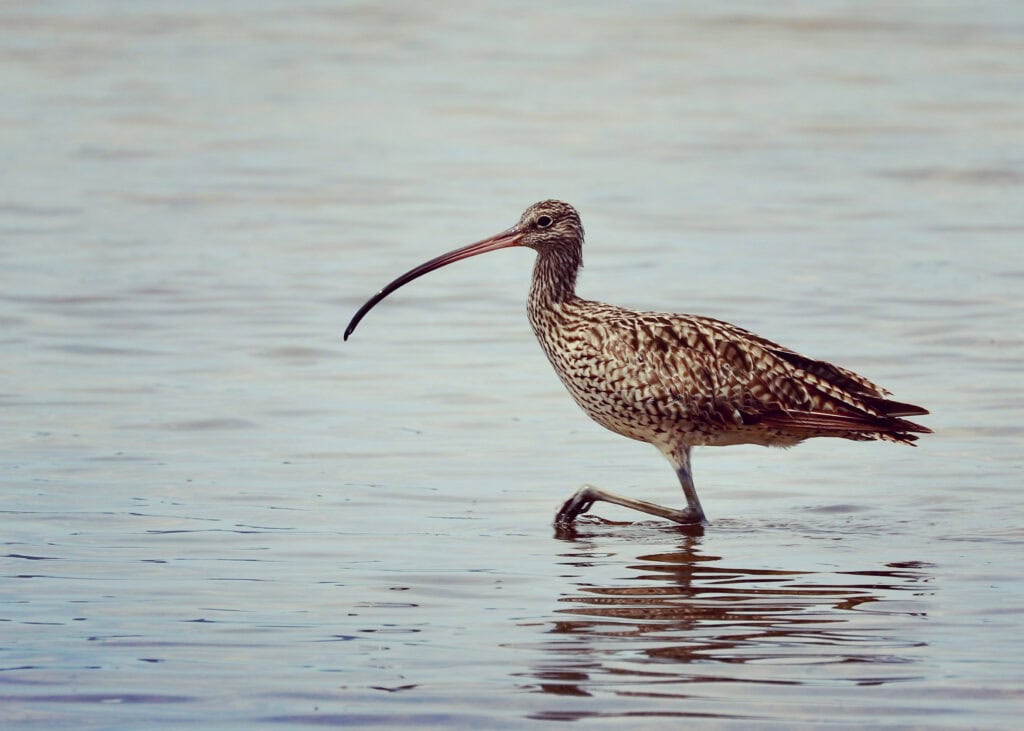
Williams and her supervisor, Griffin, thought that invasive urban predators like cats (Felis catus) and red foxes (Vulpes vulpes) might prey on these species—particularly at high tide when the birds are resting in groups. Researchers have extensively documented the impact these species have on native marsupial species in Australia, but scientists haven’t looked as much at the effect they might have on shorebirds.
High tide shorebird roosts
In a study published recently in the Journal of Wildlife Management, the team tapped into a network of trail cameras. They bolstered this information with DNA analyses of fox scat at high tide shorebird roosts in Newcastle to better understand what was happening.
Researchers had previously glued tiny VHF tracking devices to shorebirds captured in this area. Towers placed around Hunter Estuary had revealed how the birds spent their days in detail in previous research, including where they roosted at high tide.
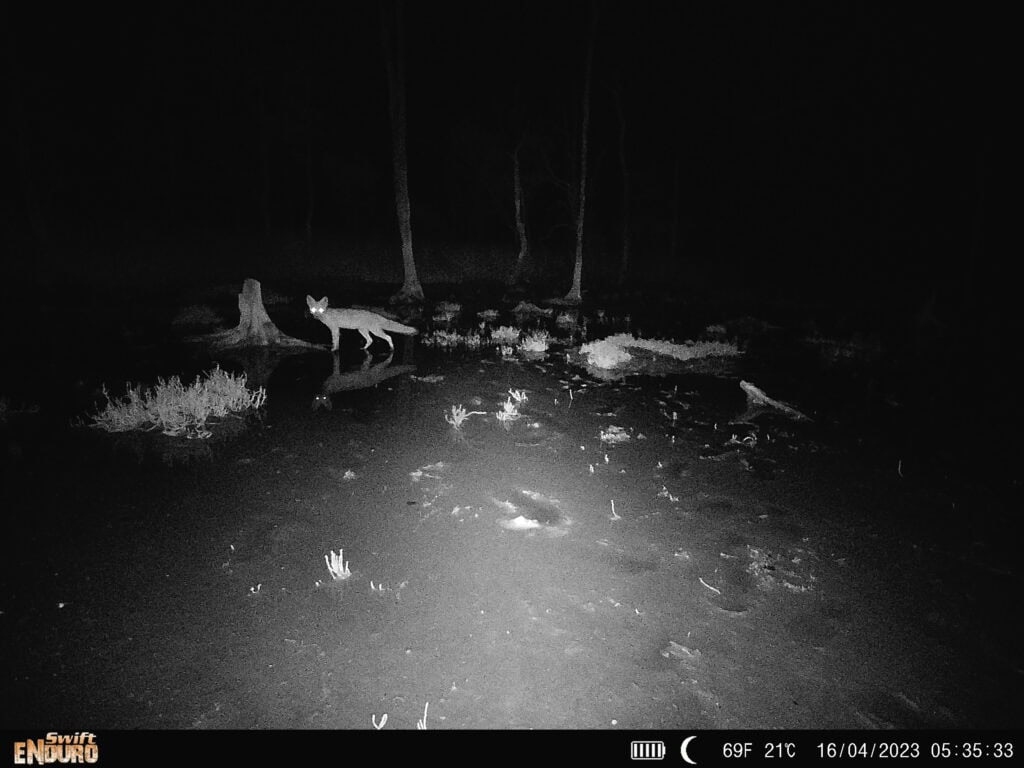
Trail cameras then showed researchers spots where invasive predators were coming into contact with shorebirds. The team found red foxes visited several high tide roosts—mostly at night—though they didn’t see any cats in these areas.
One of the areas researchers focused their attention on was an artificial sand spit created from dredged materials from the river. Analysis of fox scat there revealed that the invasive predators’ diets consisted mostly of crabs, doves and waterbirds rather than shorebirds.
Griffin said this is likely because these species are a little more naïve to predators, while shorebirds are often more skittish.
“The foxes are possibly coming down to these high tide roosts to feed on less predation-savvy species of birds like the doves and waterbirds,” Griffin said.
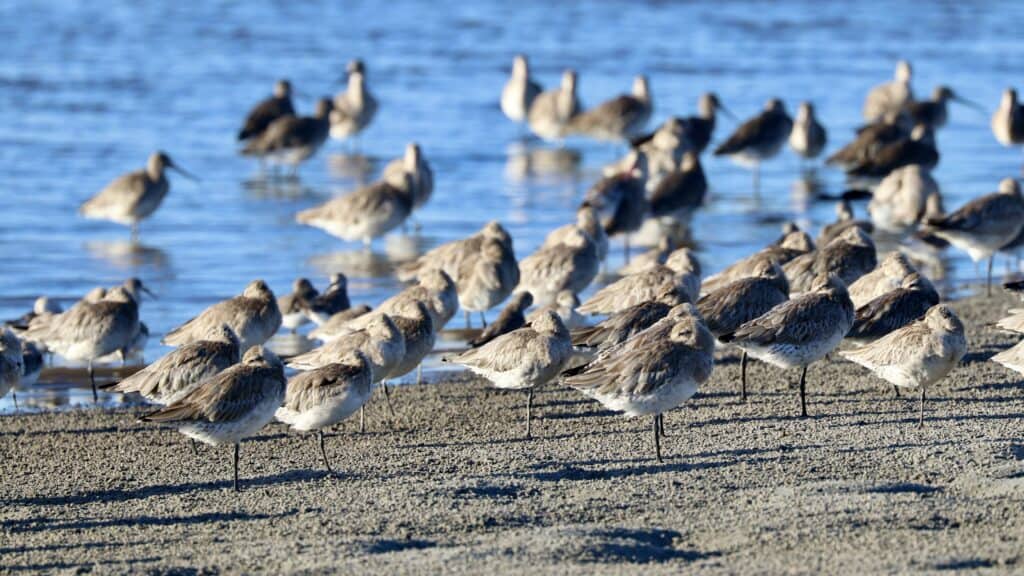
Foxes wake resting shorebirds
However, foxes are still likely spooking shorebirds in the process, which take flight at the appearance of the intruders. If this behavior is consistent, it could have an effect on the fitness of shorebirds, leading to weaker bodies for their long northward migrations.
In shorebird habitat away from urban areas, wildlife managers can use poisoned bait or shooting to control foxes. But these techniques are usually prohibited in cities.
“The challenge with this site is that it’s near urban sites, and fox control is difficult,” Griffin said.
Williams said that cage trapping may be the only alternative to keep foxes away from high tide roosts in places like Hunter Estuary.
“Reduction in fox numbers will reduce the frequency of disturbance to shorebirds and reduce the predation pressure on co-occurring waterbirds, pigeons and other dietary species,” Williams said.
This article features research that was published in a TWS peer-reviewed journal. Individual online access to all TWS journal articles is a benefit of membership. Join TWS now to read the latest in wildlife research.
Header Image: Shorebirds take flight in Hunter Estuary in Newcastle, Australia. Credit: Louise Williams



